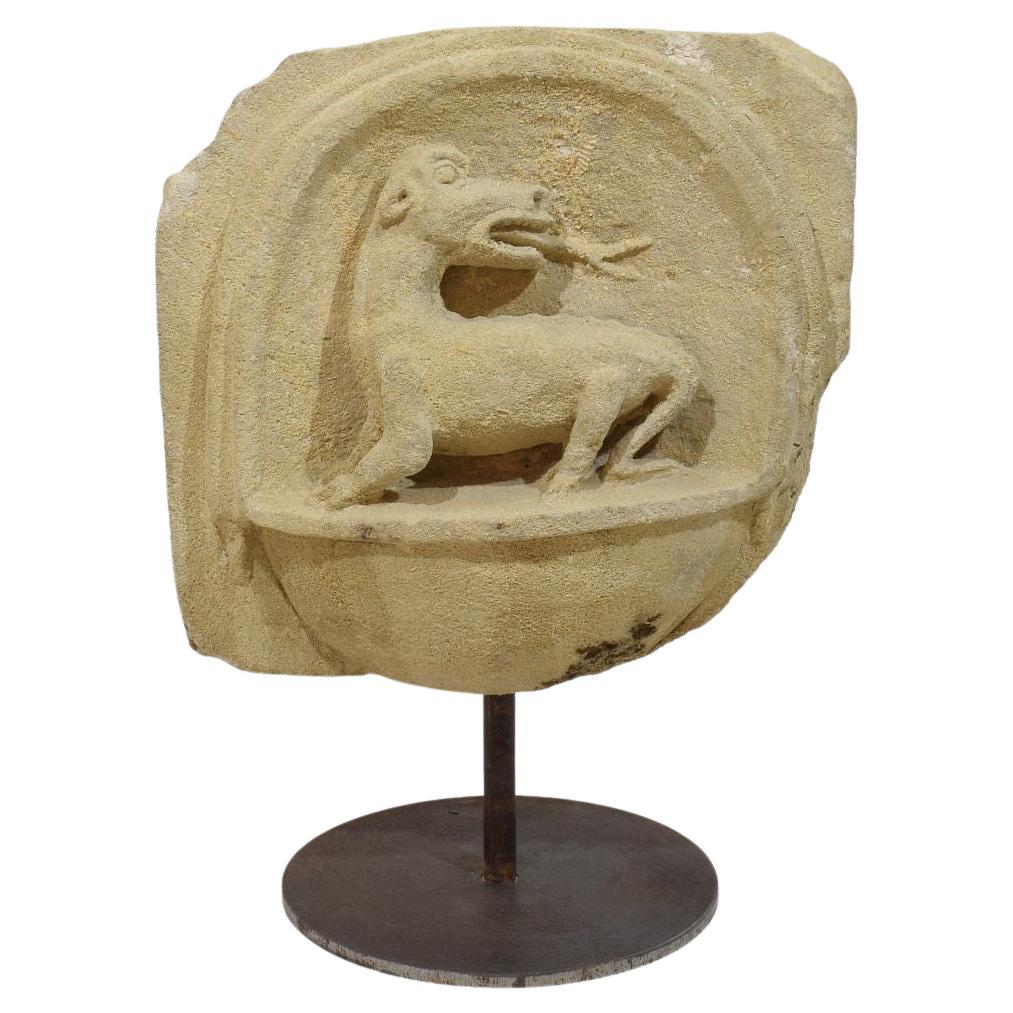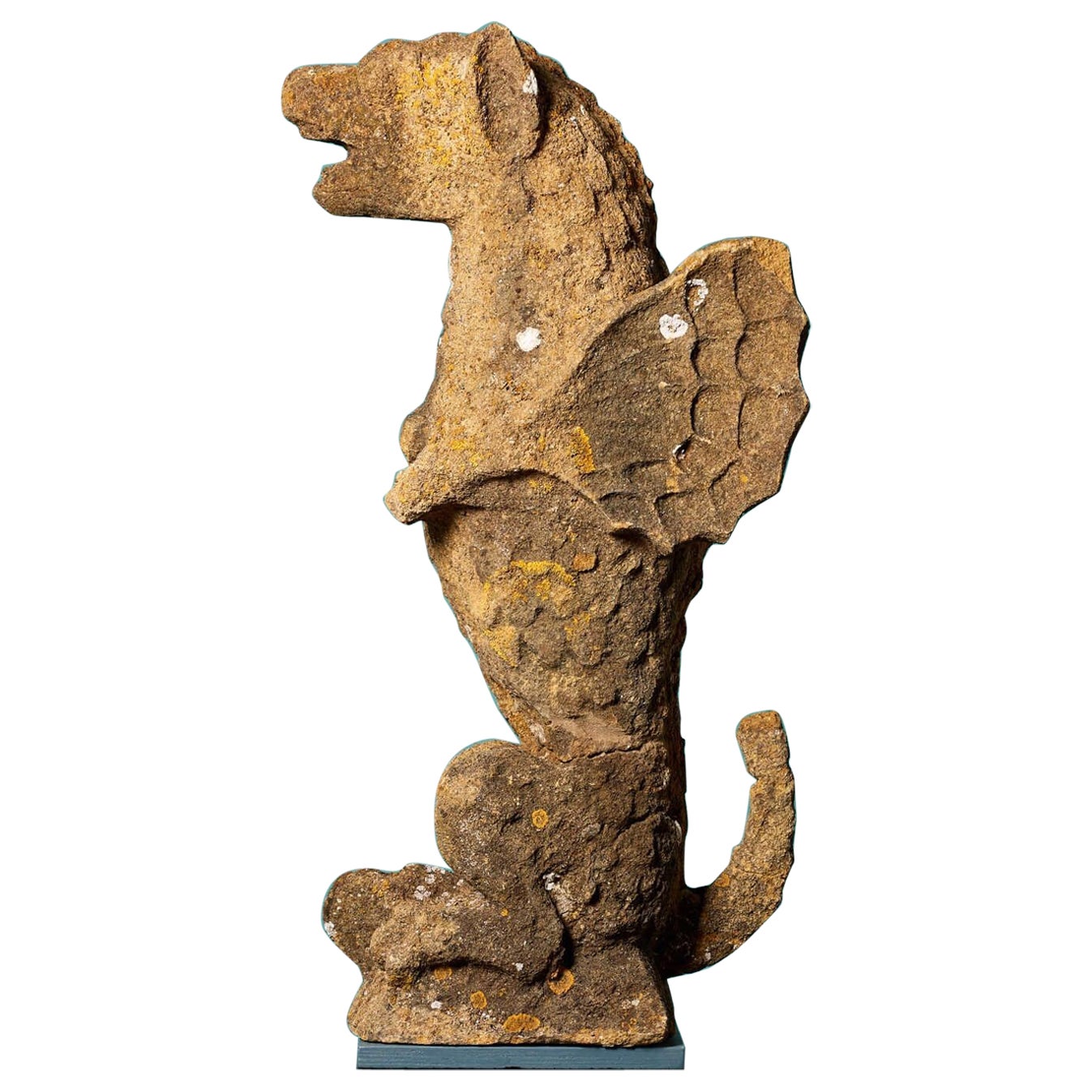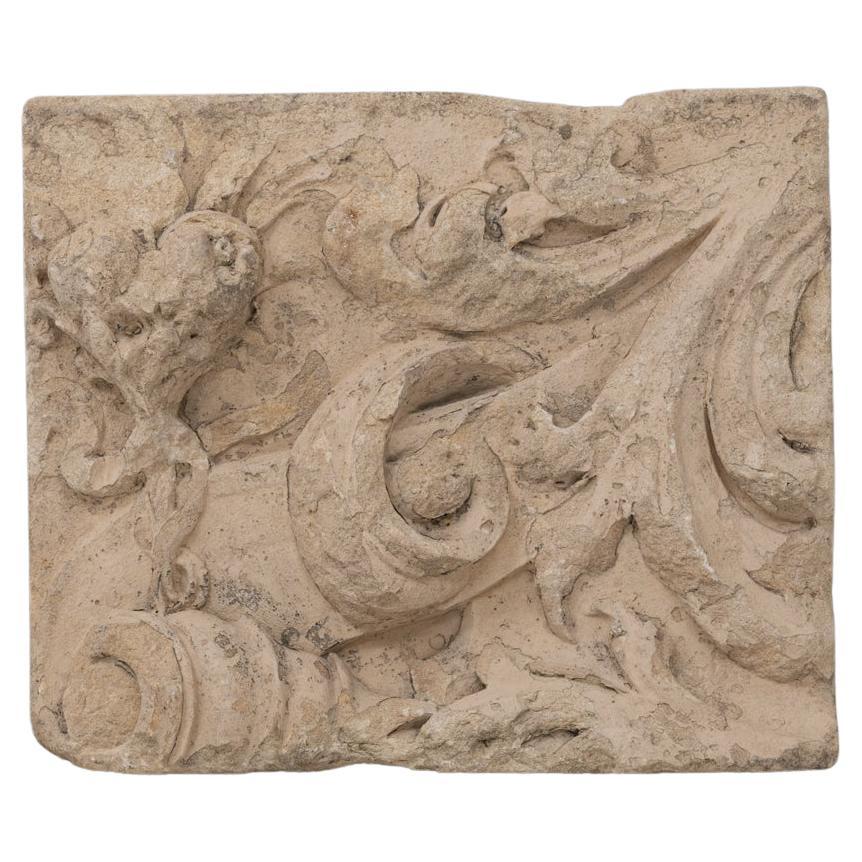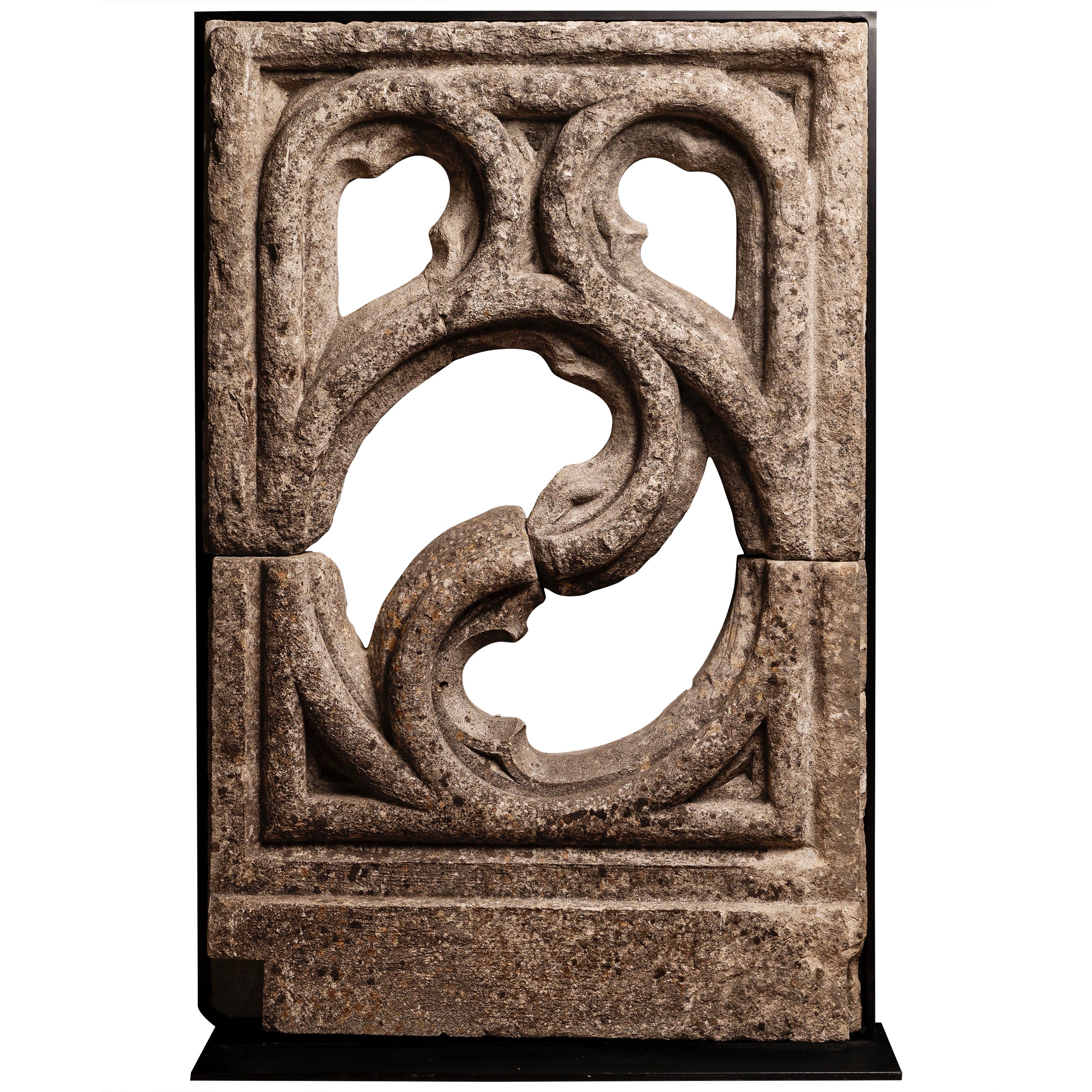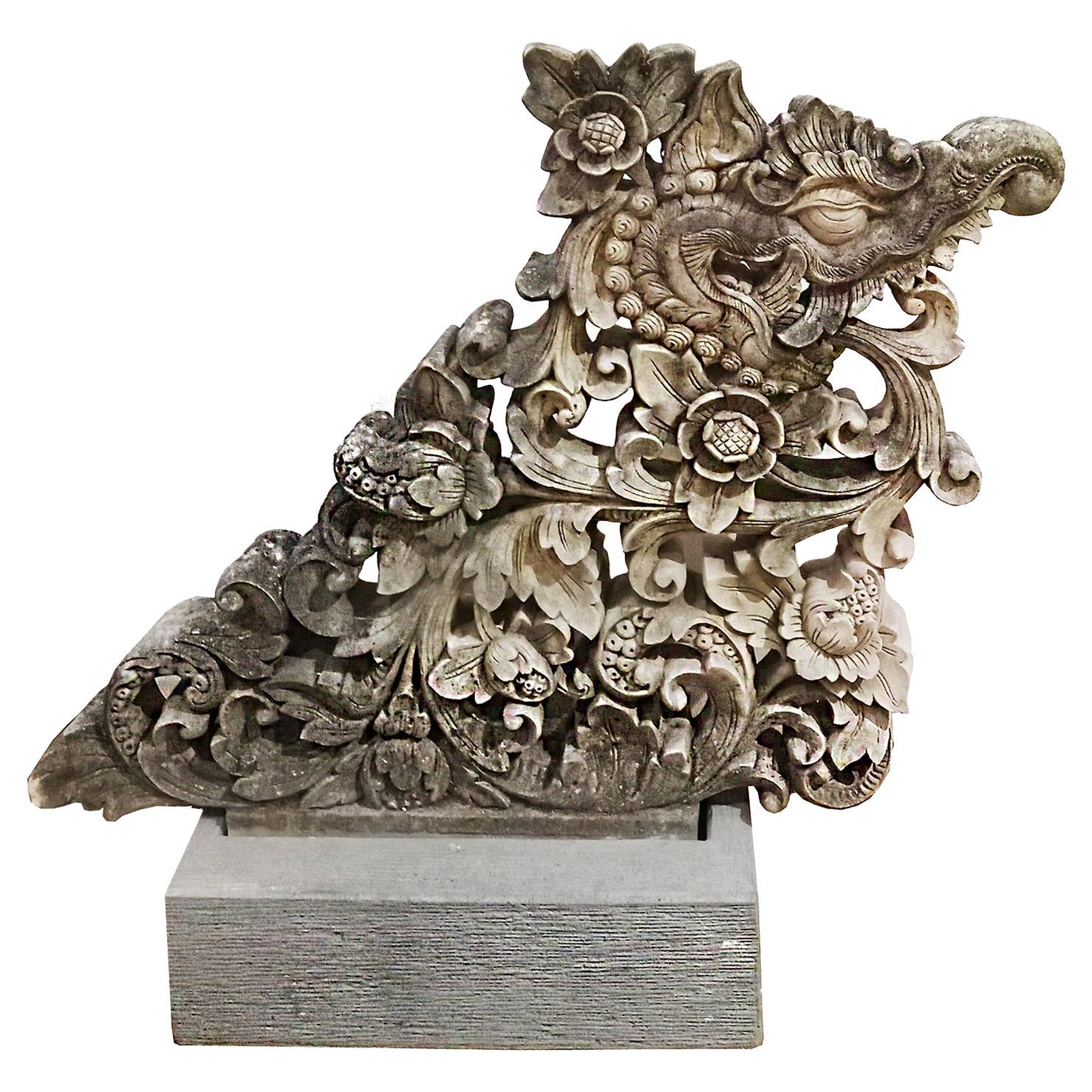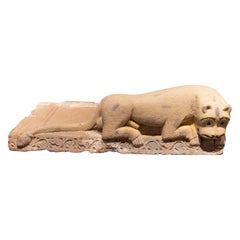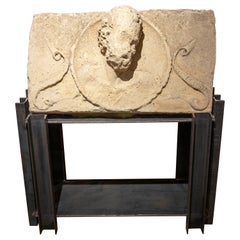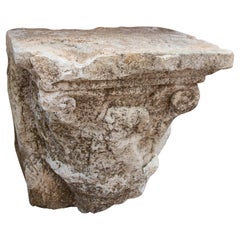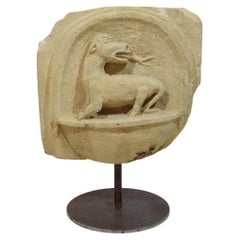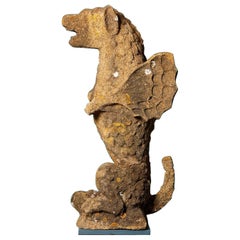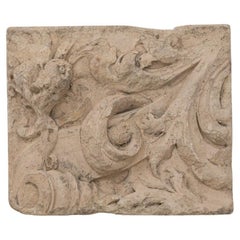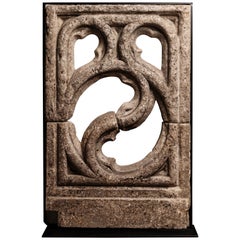Items Similar to Venetian Hand-Carved Stone Staircase Starter in the Shape of a Dragon
Want more images or videos?
Request additional images or videos from the seller
1 of 17
Venetian Hand-Carved Stone Staircase Starter in the Shape of a Dragon
$21,268.81
£16,185.97
€18,000
CA$29,772.99
A$32,807.45
CHF 17,016.68
MX$390,200.51
NOK 215,256.17
SEK 201,649.39
DKK 137,121.62
About the Item
Venetian Hand-Carved Stone Staircase Starter in the Shape of a Dragon
- Dimensions:Height: 31.5 in (80 cm)Width: 57.88 in (147 cm)Depth: 10.63 in (27 cm)
- Materials and Techniques:
- Place of Origin:
- Period:
- Date of Manufacture:1550
- Condition:Wear consistent with age and use.
- Seller Location:Marbella, ES
- Reference Number:1stDibs: LU3044336022492
About the Seller
5.0
Platinum Seller
Premium sellers with a 4.7+ rating and 24-hour response times
Established in 1996
1stDibs seller since 2017
718 sales on 1stDibs
Typical response time: <1 hour
- ShippingRetrieving quote...Shipping from: Marbella, Spain
- Return Policy
More From This Seller
View AllExterior Natural Stone Finish of Building with Carved Lion Sculpture
Located in Marbella, ES
Exterior Natural Stone Finish of Building with Carved Lion Sculpture
Category
Antique 18th Century Indian Architectural Elements
Materials
Stone
Exterior Natural Stone Finish of Building with Carved Lion Sculpture
Located in Marbella, ES
Exterior Natural Stone Finish of Building with Carved Lion Sculpture
Category
Antique 18th Century Indian Architectural Elements
Materials
Stone
16th Hand Carved Stone Relief Renaissance Building Façade
Located in Marbella, ES
16th Hand Carved Stone Relief Renaissance Building Façade. Modern Iron Foot
Category
Antique 16th Century Italian Renaissance Architectural Elements
Materials
Stone
18th Century Hand-Carved Stone Capital in Corinthian Style
Located in Marbella, ES
18th century hand-carved stone capital in Corinthian style.
Category
Antique 18th Century Spanish Architectural Elements
Materials
Stone
18th Century Spanish Corinthian Hand-Carved Carble Capital
Located in Marbella, ES
18th Century Spanish Corinthian hand-carved carble capital.
Category
Antique 18th Century Spanish Architectural Elements
Materials
Marble
Building Coping Carved in Marble with Rounded Volute Shapes
Located in Marbella, ES
Building Coping Carved in Marble with Rounded Volute Shapes.
Category
Antique 17th Century Italian Architectural Elements
Materials
Marble
You May Also Like
French Medieval Carved Stone Fragment Depicting A Dragon/ Mythical Figure
Located in Buisson, FR
Amazing period piece. Beautiful hand-carved fragment depicting a dragon / mythical creature. Once had its place in wall of a medieval church or chapel in the South of France. Weather...
Category
Antique 15th Century and Earlier French Medieval Mounted Objects
Materials
Stone
$5,021 Sale Price
37% Off
17th Century English Carved Stone Griffin
Located in Wormelow, Herefordshire
Dating from the 17th century, this English carved stone griffin or stylised dragon statue is an architectural fragment from history. Over 350 years old, ...
Category
Antique Mid-17th Century English Statues
Materials
Limestone
19th Century French Carved French Stone Architectural Ornament
Located in High Point, NC
This 19th Century French carved stone architectural ornament showcases the expressive craftsmanship and sculptural depth characteristic of historic French masonry. The fragment featu...
Category
Antique 19th Century French Abstract Sculptures
Materials
Stone
Carved Limestone Balustrade, North of France, First Half of the 15th Century
Located in Bruxelles, BE
Carved Limestone balustrade.
In a modern metal frame.
North of France, Ile de France or Normandy.
End of the 14th century - first half of the 15th century.
Measures: 90 x 62 x 8...
Category
Antique 15th Century and Earlier French Medieval Architectural Elements
Materials
Limestone
$14,179 Sale Price
20% Off
Hand-Carved Sandstone Dragon Sculpture, Early 20th Century
Located in New York, NY
A superb stone sculpture of a dragon and flowers. Indonesia, early 20th Century.
Reclaimed from an old building, this exquisite carving was an architectural detail that reflects th...
Category
Vintage 1910s Indonesian Other Sculptures and Carvings
Materials
Sandstone
Large Carved Garden Gargoyle Alto Relief
Located in Brooklyn, NY
Impressively, large, carved concrete, alto relief depicting an open mouthed, Poseidon-like, gargoyle.
Category
Early 20th Century American Greco Roman Statues
Materials
Concrete
More Ways To Browse
Antique Staircase
Hand Carved Venetian Furniture
Dragon Italy
16th Century Stone
16th Century Venetian
Architectural Staircase
Dragon Stone
Antique Stone Dragons
Wrought Iron Grille
Facade Ornament
French Shutters
Mexican Brass Pulls
Antique Garden Trellis
French Baroque Architecture
Gothic Gargoyle
Hemiksem Tiles
Uniquities Architectural Antiques
Building Spires
